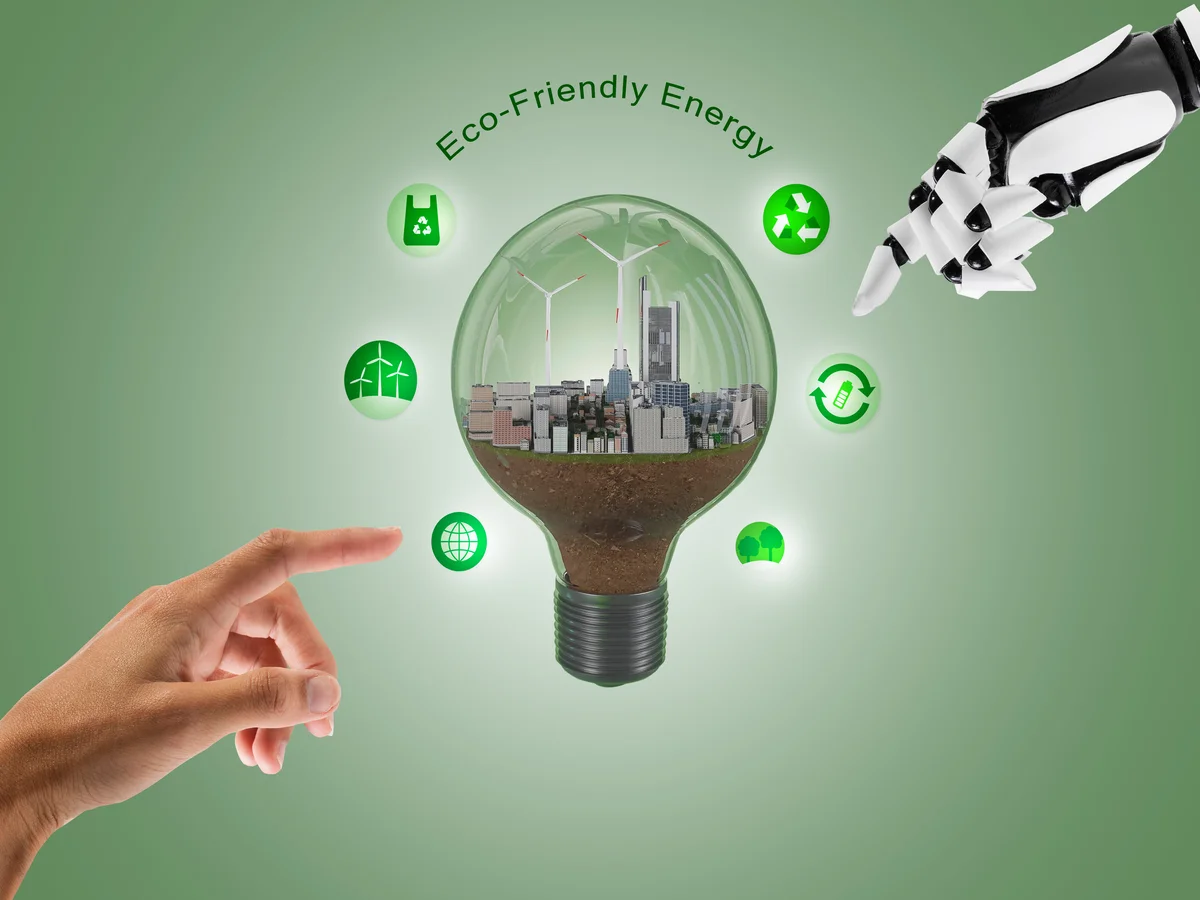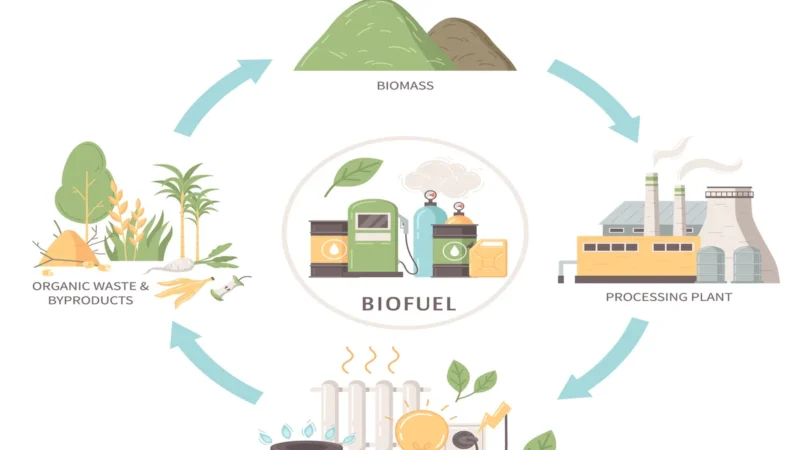How about “Powering Progress: The Critical Mineral Revolution in Energy Transition”?

In the ever-evolving landscape of global energy, the quest for sustainability has catalyzed a monumental shift towards renewable sources. As we steer away from traditional fossil fuels, the focus has intensified on harnessing the potential of clean, renewable energy. This transition, however, is underpinned by an intricate web of critical minerals—essential components that are the bedrock of this revolution.
What Is Critical Minerals?
Critical minerals serve as the linchpin in various cutting-edge technologies, from electric vehicles (EVs) to solar panels and energy storage systems. These minerals encompass a diverse range, including lithium, cobalt, rare earth elements, and more. Their indispensability lies in their unique properties that enable efficient energy production, storage, and transmission.
The Role of Minerals in Energy Transition
Lithium: Powering the Charge
Lithium-ion batteries have emerged as the cornerstone of energy storage for portable electronics and electric vehicles. The unparalleled energy density and longevity of lithium batteries have made them pivotal in facilitating the widespread adoption of EVs and supporting grid-level energy storage solutions.
Cobalt: Balancing Act
Cobalt is another crucial component in rechargeable batteries, enhancing stability and safety while mitigating overheating risks. However, concerns regarding ethical mining practices and geopolitical issues in cobalt-rich regions underline the importance of establishing sustainable supply chains.
Rare Earth Elements: Catalysts of Innovation
Rare earth elements, despite their scarcity, play an outsized role in renewable energy technologies. From neodymium in wind turbines to dysprosium in electric motors, these elements are catalysts for innovation, driving efficiency and performance in green energy applications.
Challenges and Opportunities of Critical Minerals
Despite their pivotal role, the accessibility and sustainable extraction of critical minerals present significant challenges. Geopolitical tensions, supply chain vulnerabilities, and environmental impacts associated with mining pose hurdles to ensuring a stable and ethical supply.
However, these challenges also signify opportunities. Investments in research and development for recycling technologies, exploration of alternative mineral sources, and fostering international collaborations can pave the way for a more sustainable and resilient supply chain.
Toward a Sustainable Future
The energy transition necessitates a strategic paradigm shift, one that transcends mere technological advancements. It demands a holistic approach, emphasizing ethical mining practices, recycling initiatives, and diversified supply chains to ensure a sustainable and equitable future.
Collaboration between governments, industries, and academia is imperative to navigate the complexities surrounding critical minerals. By fostering innovation, promoting responsible sourcing, and prioritizing environmental stewardship, we can power progress towards a cleaner, more sustainable energy landscape.
Key Takeaways
The critical mineral revolution is the backbone of our journey towards a greener future. As we navigate this transformative era in energy, it’s crucial to recognize the significance of these minerals, addressing challenges while leveraging opportunities to build a sustainable foundation for generations to come.
FAQs: Critical Minerals in Energy Transition:
Critical minerals are essential elements necessary for the production of renewable energy technologies like solar panels, wind turbines, and electric vehicle batteries. They possess unique properties crucial for energy storage, transmission, and efficiency, making them indispensable in the shift towards sustainable energy sources.
Some of the critical minerals pivotal in renewable energy technologies include lithium, cobalt, rare earth elements (such as neodymium, dysprosium), graphite, and others. These minerals are integral components in batteries, magnets, and other crucial parts of renewable energy systems.
Critical minerals, particularly lithium and cobalt, play a vital role in manufacturing high-performance batteries used in electric vehicles. These minerals provide the necessary energy density, stability, and longevity required for efficient EV operation.
Challenges include geopolitical tensions affecting the supply chain, environmental concerns related to mining practices, issues of resource depletion, and social impacts on communities near extraction sites. Additionally, some minerals, like cobalt, face ethical concerns regarding labor practices in certain mining regions.
Sustainable supply chains for critical minerals require a multi-faceted approach. This involves promoting responsible mining practices, investing in recycling technologies to recover and reuse these minerals, exploring alternative sources, and fostering international collaborations to mitigate supply chain vulnerabilities.


